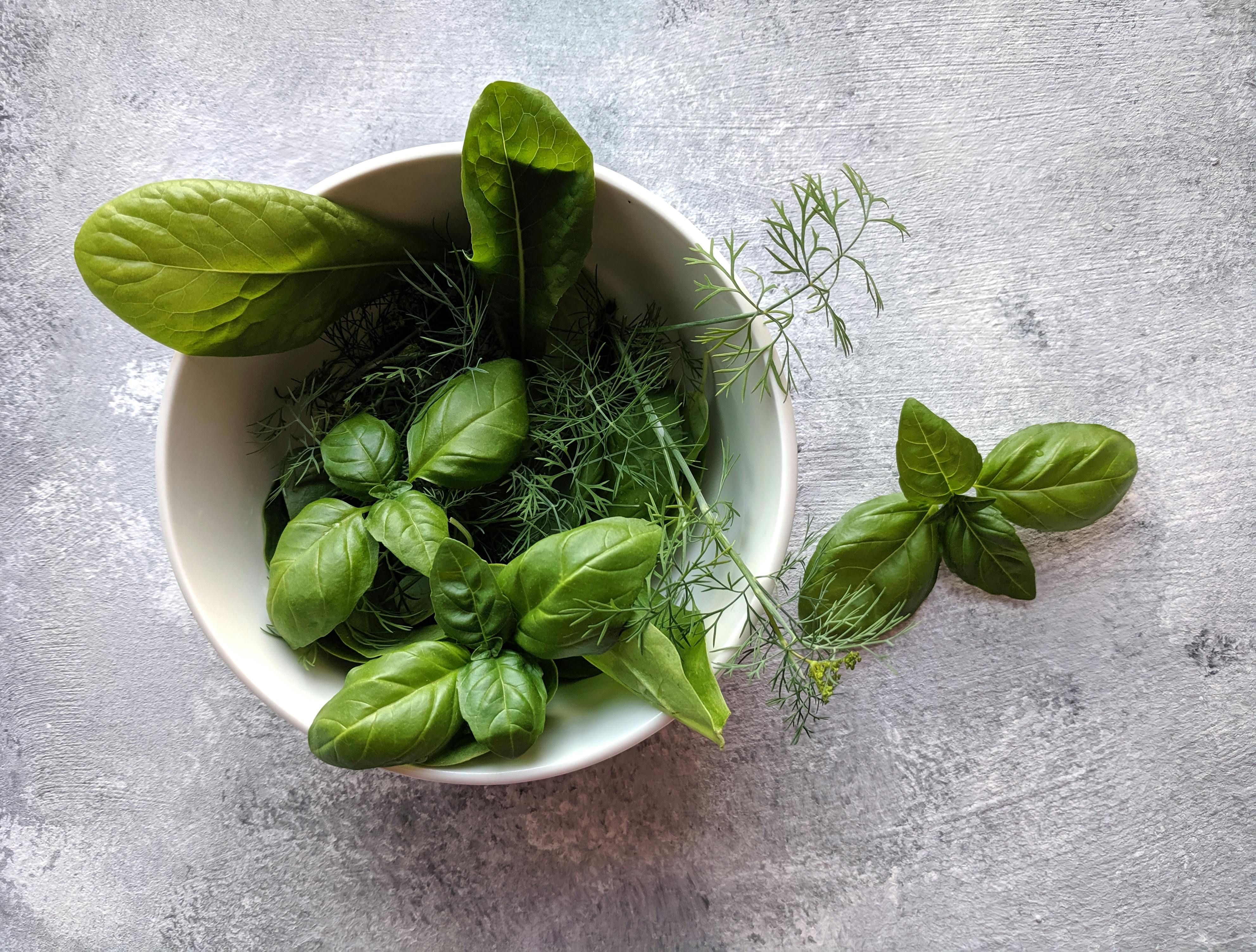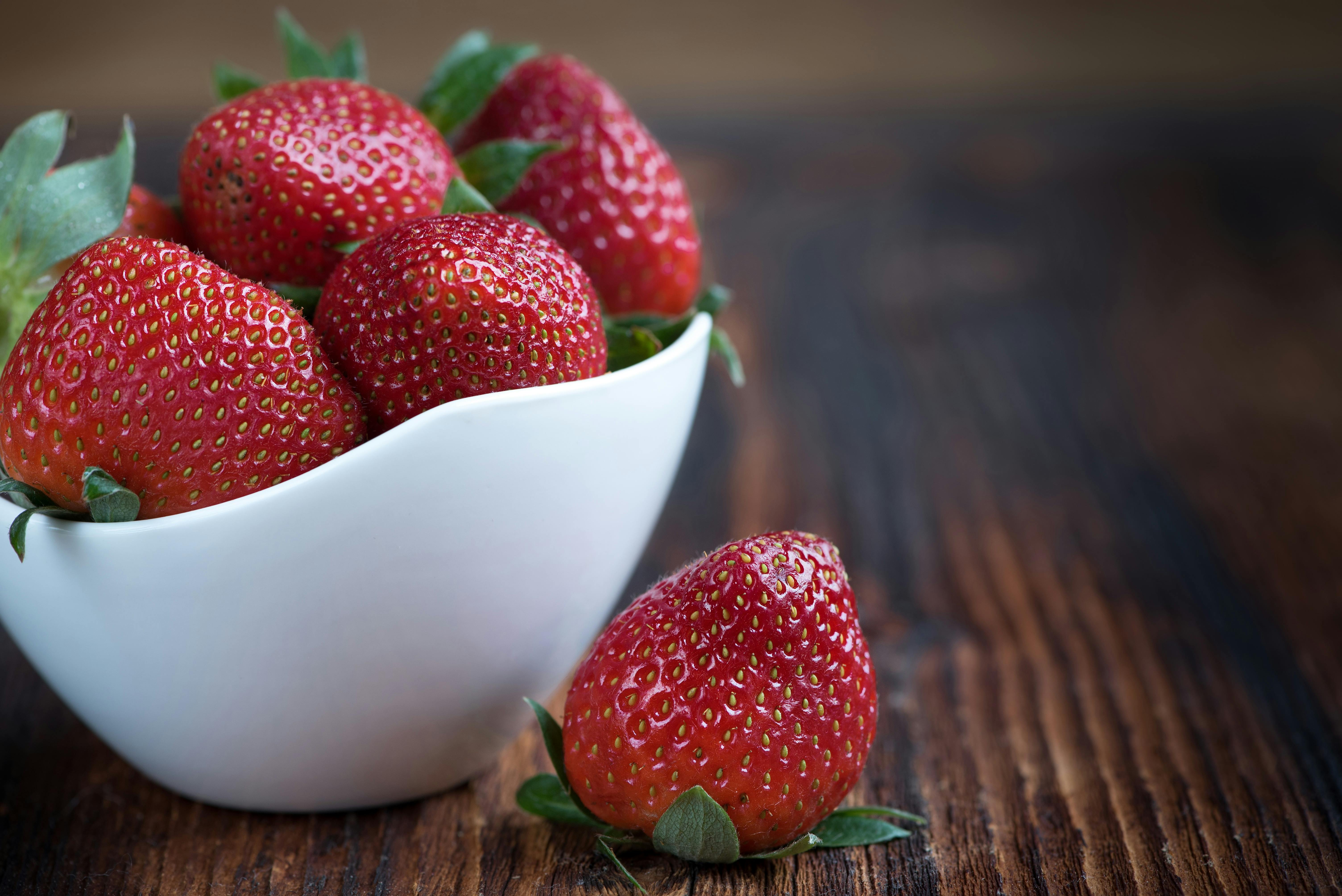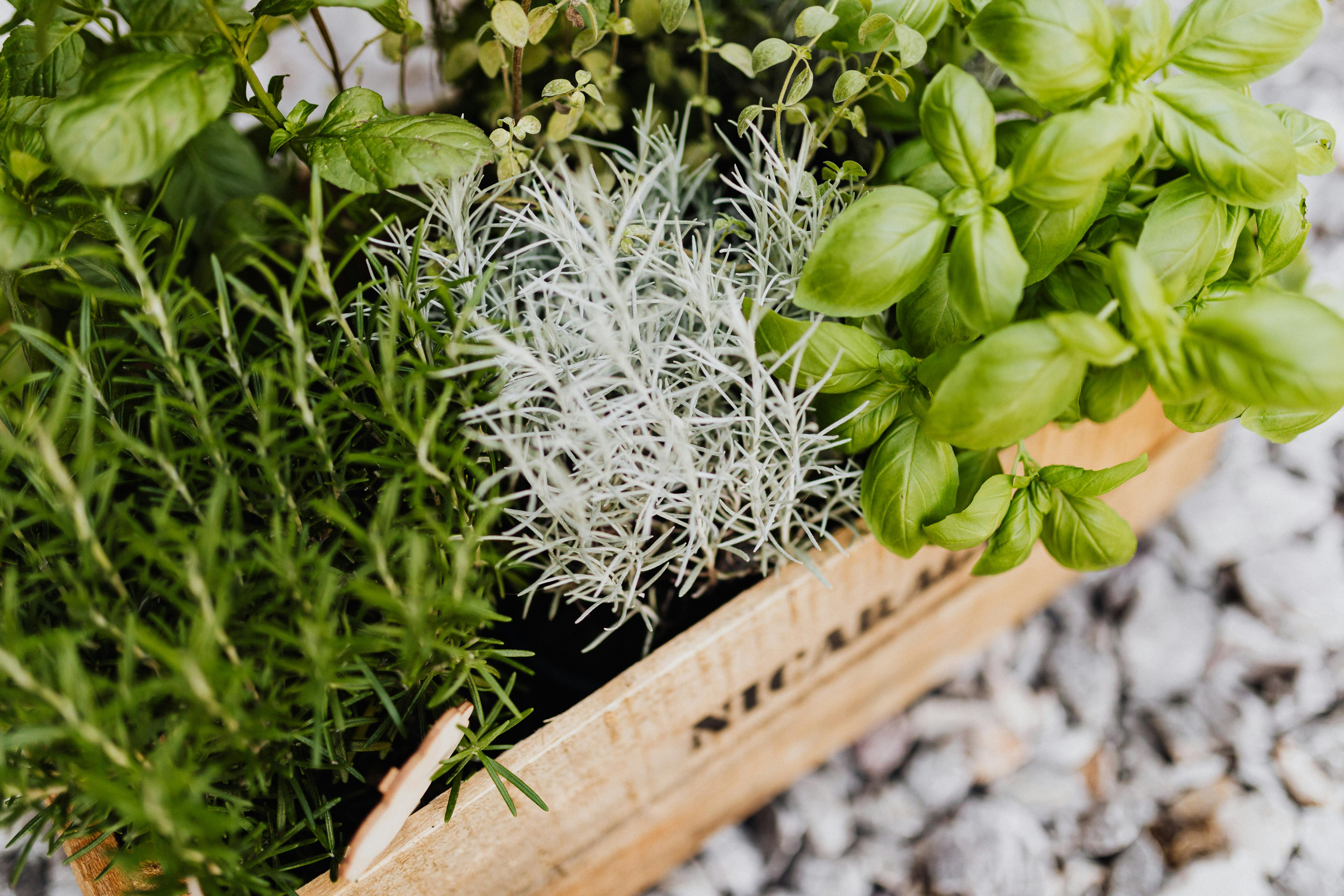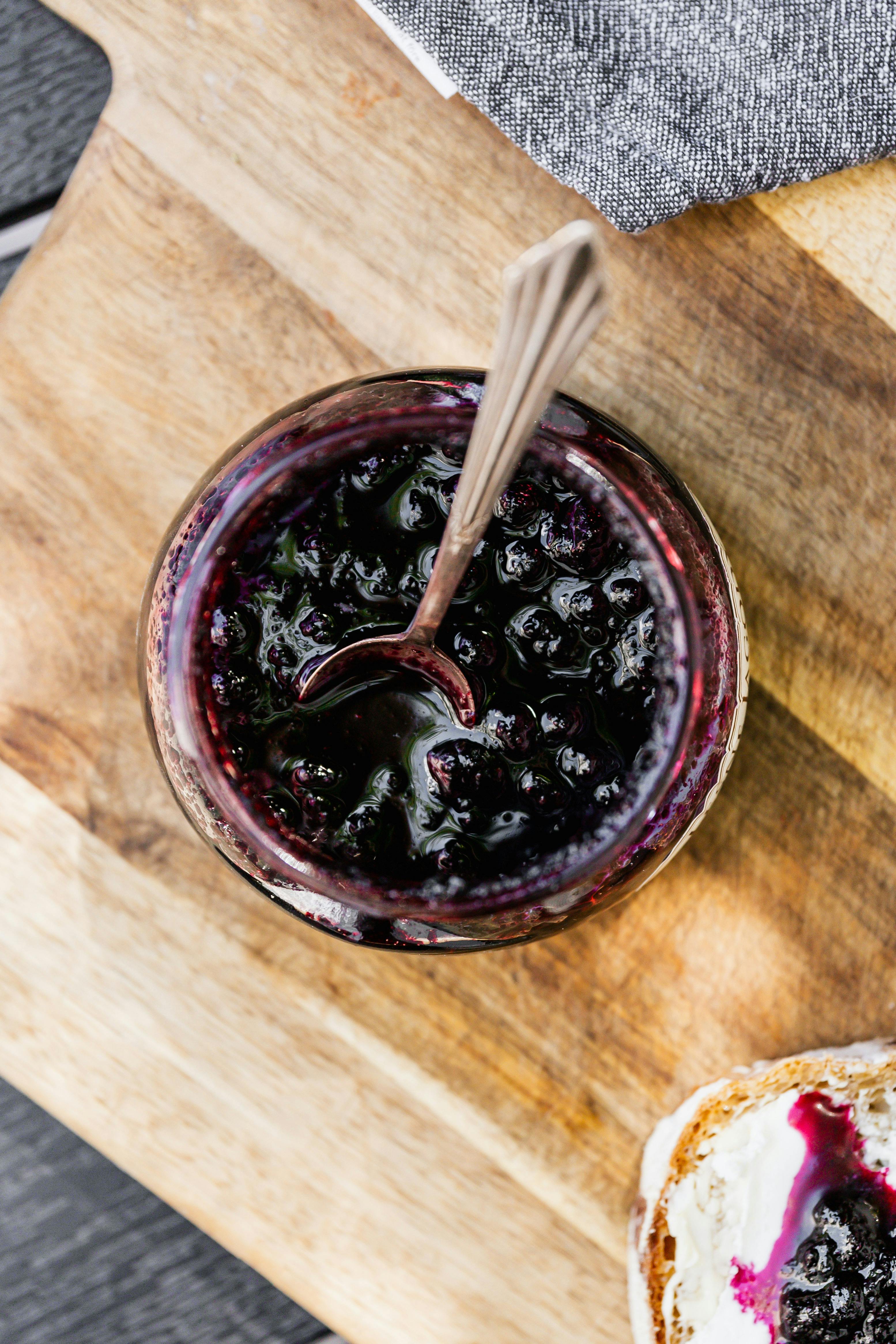 |
Nature’s Dessert Cookbook: Healthy, Delicious & Naturally Sweet Recipes Don’t want or can’t tolerate sugar alcohols and artificial sweeteners? This cookbook is for you! Every dessert is naturally sweetened with whole ingredients rich in fiber and protein, slowing sugar absorption and making them diabetic-friendly. It gathers your favorite recipes from the website—plus brand-new ones—all in one convenient place. Indulge in truly natural treats without compromise! |
 |
Diabetic Baked Goods: Everyday Bakes for Every Meal Diabetic cookbook designed to make healthy baking simple, accessible, and enjoyable. This collection of low-carb, high-fiber, and protein-rich recipes provides a reliable solution for those looking to enjoy diabetic bread and baked goods without blood sugar spikes. Every recipe includes a video tutorial, making it even easier to follow along and bake with confidence! |
 |
What Makes This Cookbook Different?
|
Benefits of Basil: A Herb for Health and Flavor
Benefits of basil extend far beyond its delightful flavor, making it a powerful ally for both health and culinary creativity.
Basil is one of my favorite spices, and it’s no wonder why I love it. Living in a Mediterranean country that has historically been influenced by Italy has undoubtedly shaped my taste preferences, in a gastronomic sense too.
Known for its sweet, peppery flavor and distinctive fragrance, basil finds its place in a myriad of dishes around the globe. While it enhances flavor, its nutritional benefits make it particularly appealing.
In this article, we will explore the delightful aspects of basil, its numerous health benefits1, and how incorporating it into your family’s meals can support a healthier lifestyle.
The Origins, Health Benefits, and Nutritional Profile of Basil
Basil is packed with essential nutrients, making it a powerhouse herb. Rich in vitamins A, C, and K, along with minerals like iron, calcium, and magnesium, basil provides an impressive array of health benefits. For individuals managing diabetes, these nutrients can promote overall well-being and support bodily functions.2
One of the most celebrated benefits of basil is its antioxidant properties. Antioxidants play a crucial role in fighting free radicals in the body, thereby reducing oxidative stress and inflammation, factors that are key in managing diabetes. Research has shown that the active compounds in basil can help regulate blood sugar levels, making it a valuable addition to the diet for those managing diabetes.
The benefits of basil extend beyond its nutritional content; its essential oils possess antimicrobial and anti-inflammatory properties. These oils contribute to reducing inflammation, which is beneficial for diabetic individuals, as chronic inflammation can exacerbate the condition. Incorporating basil into meals serves a dual purpose: enhancing flavor and acting as a natural anti-inflammatory agent.
There are various types of basil, each offering unique flavors and uses in culinary traditions. Sweet basil is the most common, known for its distinct clove-like aroma, making it perfect for Italian and Mediterranean dishes. Thai basil, with its spicy kick, is ideal for Southeast Asian cuisine, while lemon basil adds a citrusy note that is great for light, refreshing dishes. The versatility of these basil varieties allows for creativity in meal planning.

Creative Culinary Uses for Basil in Your Kitchen
For family meals, particularly when catering to diabetic dietary needs, incorporating basil is both enjoyable and nutritious. Simple basil-infused sauces can elevate a pasta or vegetable dish into a delightfully fragrant experience. A quick and easy option is a fresh Caprese salad, where basil pairs beautifully with tomatoes and mozzarella, providing a burst of flavor and nutrition.
Another delightful idea is to create a basil pesto, a blend of fresh basil, garlic, pine nuts, Parmesan cheese, and olive oil. This spread can be used as a dip, a topping for grilled vegetables, or a sauce for whole grain pasta, offering a tasty and diabetes-friendly meal option.
For those interested in broadening their culinary experiences, basil can also be blended into smoothies. Pairing basil with fruits like strawberries or watermelon not only creates a refreshing taste but also ensures high nutrient intake. These drinks are a fantastic way to incorporate the inherent goodness of basil into your diet.
Soups are another excellent avenue for showcasing basil's versatility. Adding fresh basil to homemade vegetable or chicken soup enhances the aroma and infuses each spoonful with health benefits. Basil’s ability to amplify other flavors makes it an excellent addition to heartier dishes like stews and curries.
Consider pairing basil with legumes, whole grains, and lean proteins, which complement the herb's potency with robust nutritional profiles.
Cautions: Using Basil in Excessive Quantities
While the benefits of basil are numerous, it’s crucial to mention some precautions, especially for individuals with diabetes managing more complex health conditions. Excessive consumption of basil, particularly basil oil, may interfere with certain medications.
Standard use of basil as a spice is generally safe, but if you wish to utilize basil preparations that significantly increase intake, caution is advised. It’s recommended to consult a healthcare provider before making any significant dietary changes.
Benefits of Basil: The Overall Advantages of Incorporating Basil into Your Diet
I personally have no problem with dried herbs, but among all the fresh herbs in my kitchen, I enjoy having jars of parsley, chives, and basil. Sometimes I spontaneously chop a small bunch of fresh basil and toss it into a dish because it simply demands the wonderful aroma and taste basil brings.
I typically use herbs when the dish is already cooked, adding the washed and chopped leaves at the end to preserve their flavor and nutrition. Since I avoid overcooking vegetables to maintain their nutritional value, I apply the same principle to herbs. They taste much better when I don’t "overcook" them!
I highly recommend growing basil at home. Having it nearby ensures ready access to fresh basil, making it easy to add this herb to meals spontaneously, fostering a healthy and engaging cooking routine. Gardening also brings a steady stream of optimism and calm, along with the satisfaction of homegrown produce.
Involving children in the gardening process can be an educational and fun activity.
The positive impact of incorporating basil into one’s diet extends beyond the kitchen. It encourages a lifestyle of mindful eating, where each meal is prepared with care, consideration, and a focus on nourishment from the earth. This optimistic approach to eating aligns well with maintaining a balanced life while managing diabetes.
As you explore the vibrant world of basil, may you find joy and inspiration in crafting meals that are both delicious and supportive of diabetic-friendly lifestyles.








